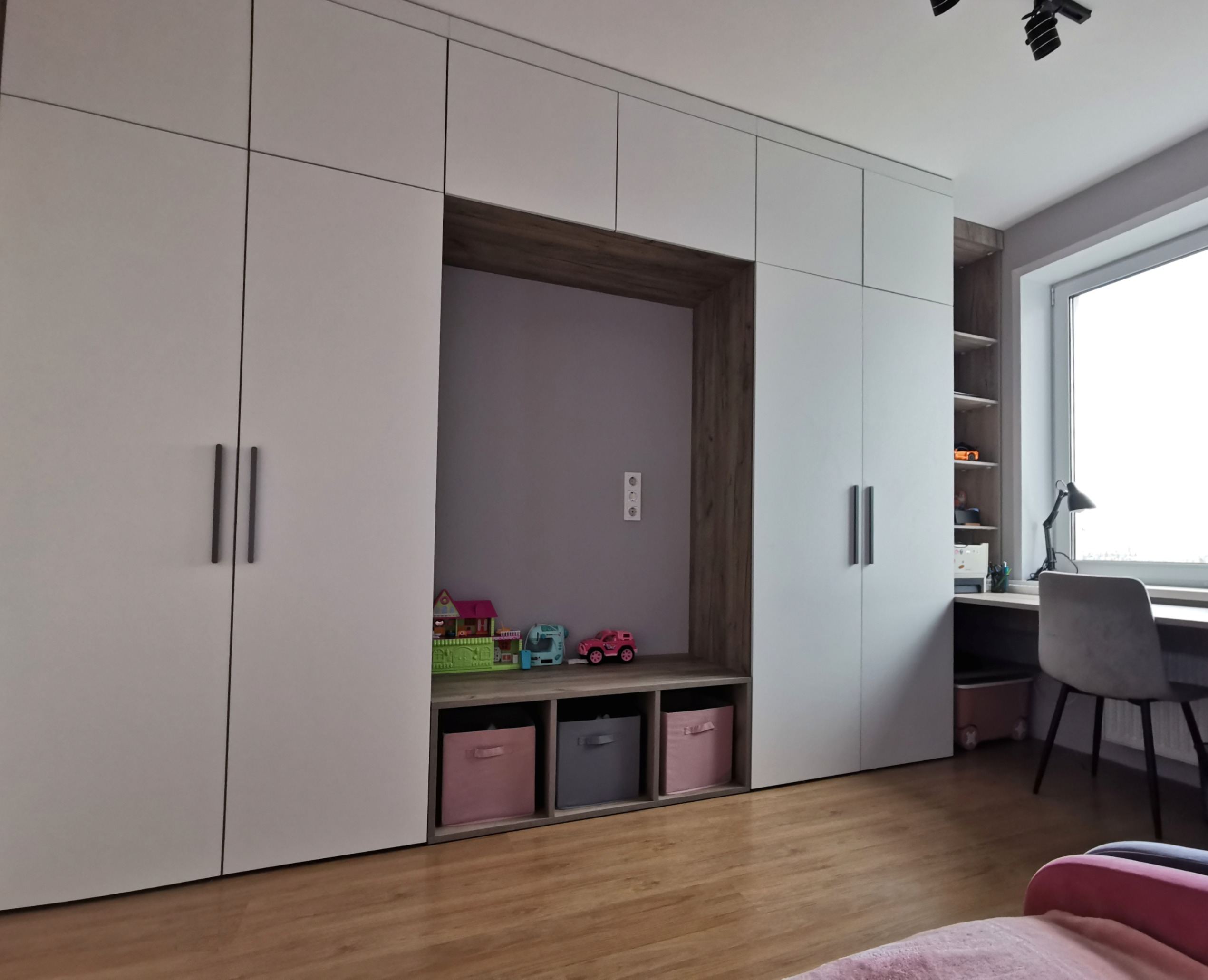
Culinary Spaces Redefined: Essentials
Introduction to Modern Culinary Spaces
The heart of the home, the kitchen, has evolved from a purely utilitarian space into a multifunctional hub of activity. In modern homes, kitchens double as dining rooms, workspaces, and social centers where families and friends congregate. With this transformation, the essentials of a culinary space have also been redefined. We will explore the components that blend aesthetics with functionality to create a contemporary kitchen that caters to the diverse needs of today's households.
Innovative Layouts and Design Elements
Gone are the days of the one-size-fits-all kitchen design. The modern culinary space is characterized by flexible layouts that accommodate the varied activities that take place in the kitchen. Open floor plans, multi-level countertops, and integrated living spaces are just a few innovations that lead the charge in kitchen design. Furthermore, elements such as statement lighting, bold color schemes, and industrial finishes contribute to the kitchen's ambiance while reflecting the homeowner's personal style.
Technological Integration
Technology is at the forefront of redefining culinary spaces. Smart appliances with connectivity and automation features have become the norm, allowing chefs and home cooks to control their kitchen devices remotely, streamline the cooking process, and ensure precision in their culinary creations. Voice-controlled systems, touchless faucets, and smart storage solutions are examples of how technology is simplifying kitchen tasks while enhancing user experience.
Efficiency and Sustainability
Today's culinary spaces are not just about aesthetics and technology—they also prioritize efficiency and sustainability. Energy-efficient appliances, low-flow water fixtures, and materials sourced from sustainable or recycled products are essential components in the eco-friendly kitchen. Designing for minimal waste, incorporating composting solutions, and using green materials all contribute to reducing the environmental impact of our culinary behaviors.
Ergonomics and Comfort
No kitchen is complete without considering the comfort and ergonomics of those who use it. Adjustable-height work surfaces, ergonomic seating, and strategically placed storage all make for a kitchen that minimizes strain and maximizes usability. A well-designed kitchen should accommodate cooks of all ages and abilities, promoting safety and ease of movement throughout the space.
Multi-Functional and Social Spaces
The redefined culinary space often serves multiple functions beyond cooking. Integrated dining areas, breakfast nooks, and kitchen islands designed for socializing have become central to the layout of contemporary kitchens. These areas encourage interaction and make the kitchen a welcoming space for family and guests to gather, blurring the lines between cooking and commensality.
Conclusion: The Future of Culinary Spaces
The essentials of a modern culinary space go beyond traditional kitchen tools and layouts. They encapsulate a blend of form, function, technology, sustainability, ergonomics, and social relevance. As we continue to redefine what a kitchen means to us, the future of culinary spaces promises further innovation, personalization, and adaptability to our ever-changing lifestyles and culinary practices.